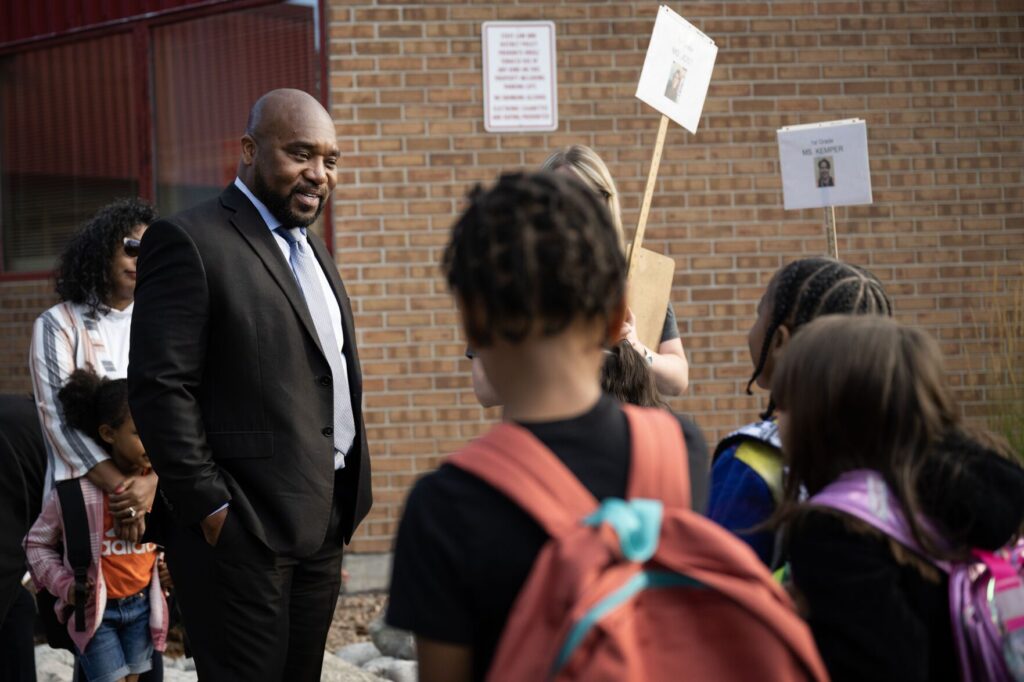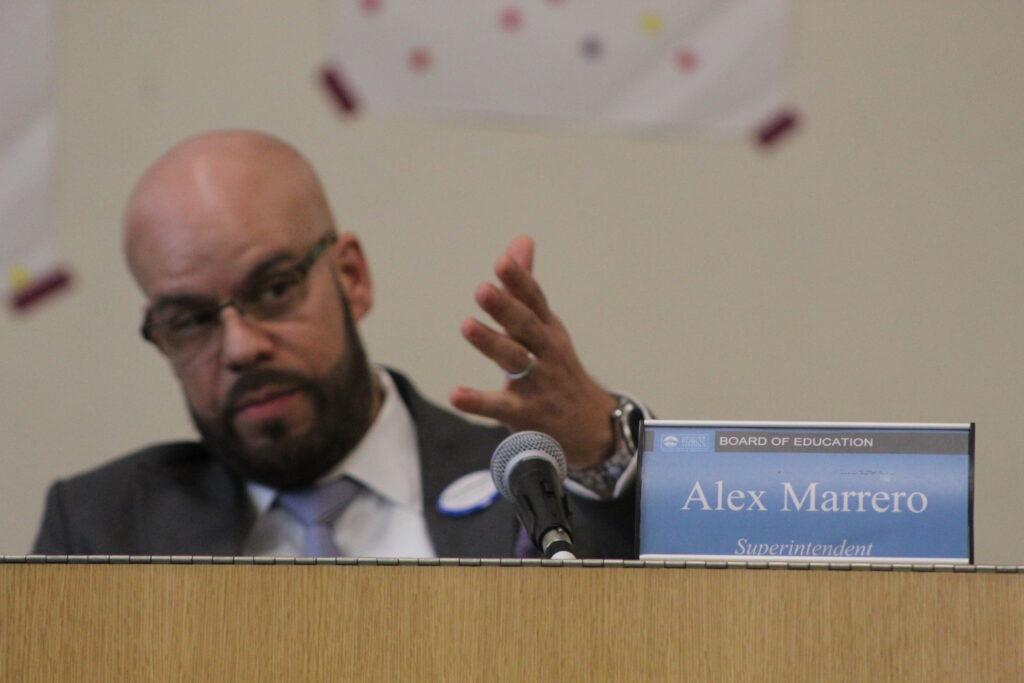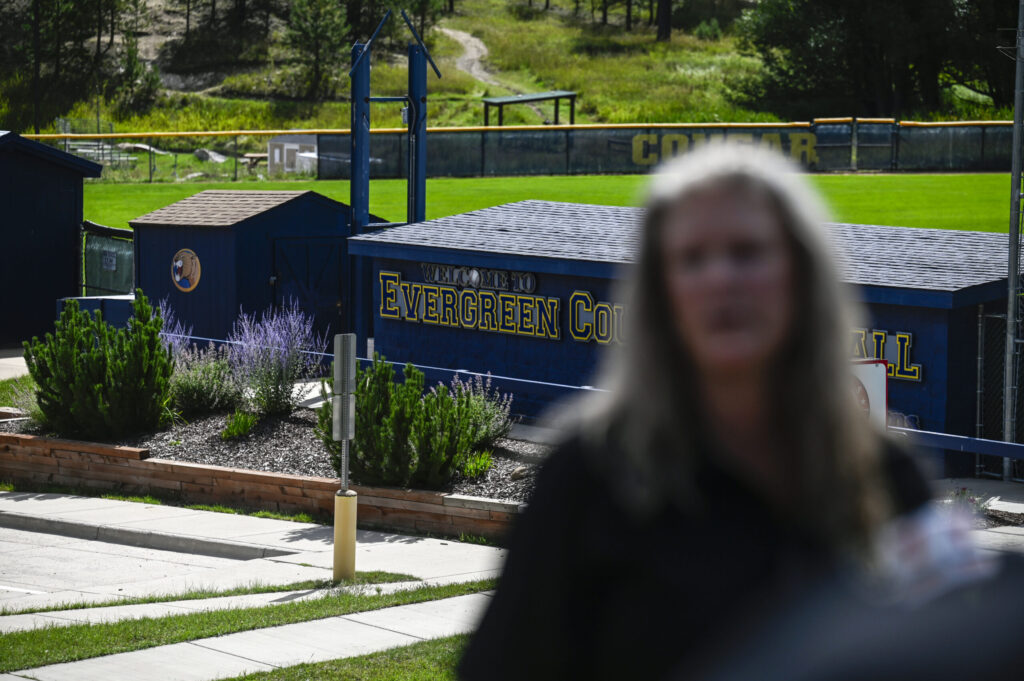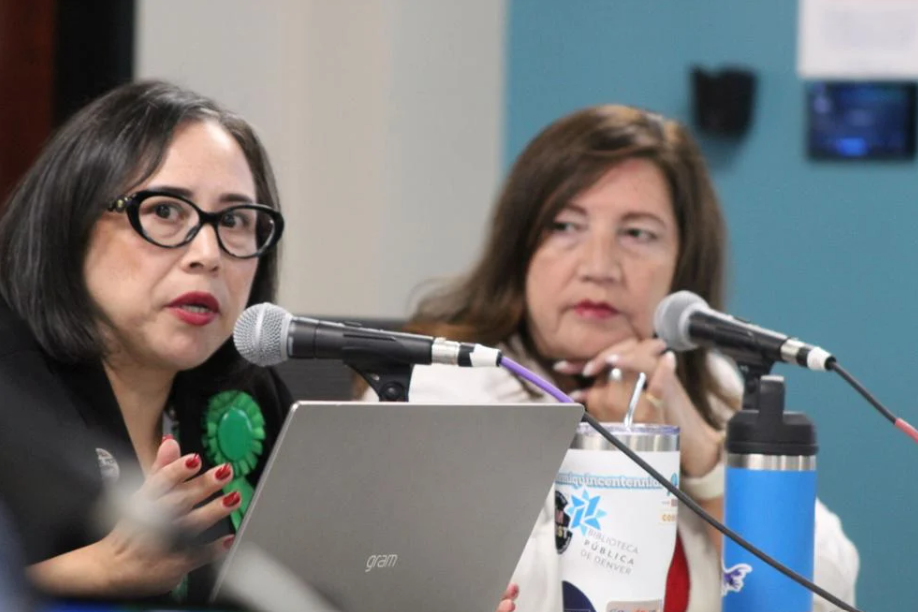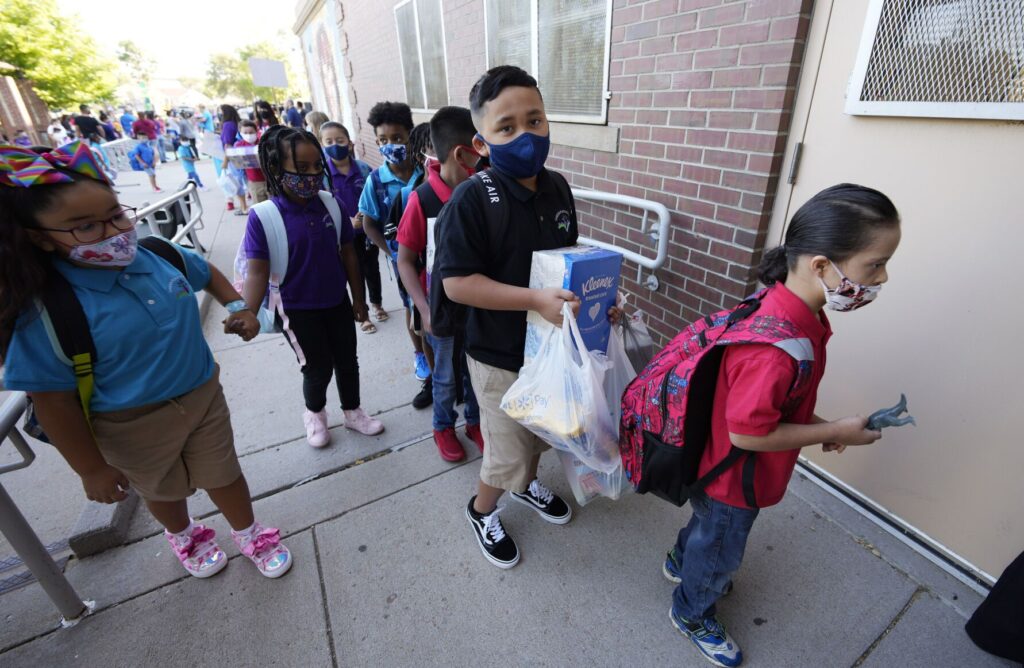CU Boulder to rename buildings after first Black woman graduate, advocates for underrepresented students

The University of Colorado Boulder soon will be renaming two of its campus buildings in honor of barrier-breaking members of the Boulder community who helped fight for inclusive education.
One of the buildings will be named after Lucile Berkeley Buchanan, the first Black woman to graduate from CU Boulder. The other will be named after CU professor Albert Ramírez and his wife Vera, who advocated for underrepresented students.
The CU Board of Regents approved the renamings after Chancellor Philip DiStefano introduced the resolution.
“All three embody a quality we call ‘inclusive excellence,'” DiStefano said. “Each left an indelible mark on CU and the communities they served, contributing to our collective history in unique ways.”
CU Boulder professor George Rivera designs billboard in Denver to ‘stop hate’
Buchanan was born in Denver in 1884. Her parents were both emancipated slaves from Virginia who moved to Colorado for a new life.
She became the first in her family to graduate college when she graduated with a two-year degree from what is now the University of Northern Colorado in 1905. She was the first Black graduate at the university.
In 1918, Buchanan graduated from CU Boulder with a degree in German, becoming the first Black woman to graduate from CU. However, the university refused to recognize her graduation.
CU did not include Buchanan in the yearbook and administrators did not let her walk across the stage to receive her degree during the university’s graduation ceremony, which she attended with her mother, two sisters and niece.
Buchanan spent the rest of her life working as an educator, aspiring to encourage other Black students to pursue education.
“Her passion and her calling was teaching, particularly teaching those who desperately wanted and needed an education, and by all accounts, she was a remarkable teacher,” said CU President Mark Kennedy.
Buchanan lived in Denver until her death in 1989 at 105 years old.
Her life was chronicled in a book written in 2018 by CU Boulder media studies Associate Professor Polly McLean, titled, “Remembering Lucile: A Virginia Family’s Rise from Slavery and a Legacy Forged a Mile High.”
On the 100th anniversary of Buchanan’s graduation in 2018, the university finally acknowledged her status as the first Black woman graduate at CU. McLean crossed the stage during the graduation ceremony in Buchanan’s honor.
Rep. Joe Neguse is in the spotlight. Here’s our coverage of the congressman through the years.
Ramírez and his late wife Vera are well-known in the Boulder community for their support of first-generation, Mexican-American and other underrepresented students who did not feel welcome at CU Boulder.
For decades, Ramírez and Vera invited students to weekly Sunday gatherings at their house where they would give the students home-cooked meals and offer advice and guidance about college and acclimating to Boulder.
Ramírez, who still lives in Boulder, was one of few Chicano faculty at CU during the Chicano and Chicana rights demonstrations in 1974. He was one of the first CU professors from an underrepresented group to earn tenure.
While serving as associate dean of the graduate school and associate vice chancellor of academic affairs, Ramírez advocated for the creation of the Center for the Studies of Ethnicity and Race in America and the ethnic studies department.
He also founded and hosted the Equity and Excellence Awards Ceremony for several years.
“(I want my building to be) a living recognition and symbol of 50 years of dedication and commitment on the part of students, faculty and staff in working toward our common goal: achieving equity and excellence in each and every fabric of our university,” Ramírez said.
The education building will be renamed the Lucile Berkeley Buchanan Building and the Temporary Building 1 will be renamed the Albert and Vera Ramírez Temporary Building 1.
The Lucile Berkeley Buchanan Building will house the Miramontes Arts & Sciences Program, an inclusive academic excellence community, and the Student Academic Success Center, a multicultural learning community for low-income and first-generation students.
The Albert and Vera Ramírez Temporary Building 1 is one of the oldest buildings on the campus, having been built in 1898 as a teaching hospital. It was the site of many Chicano and Chicana rights demonstrations in the 1970s.




